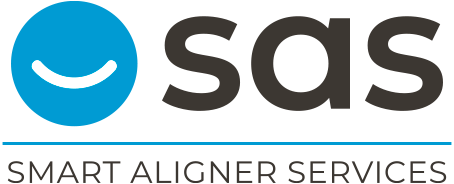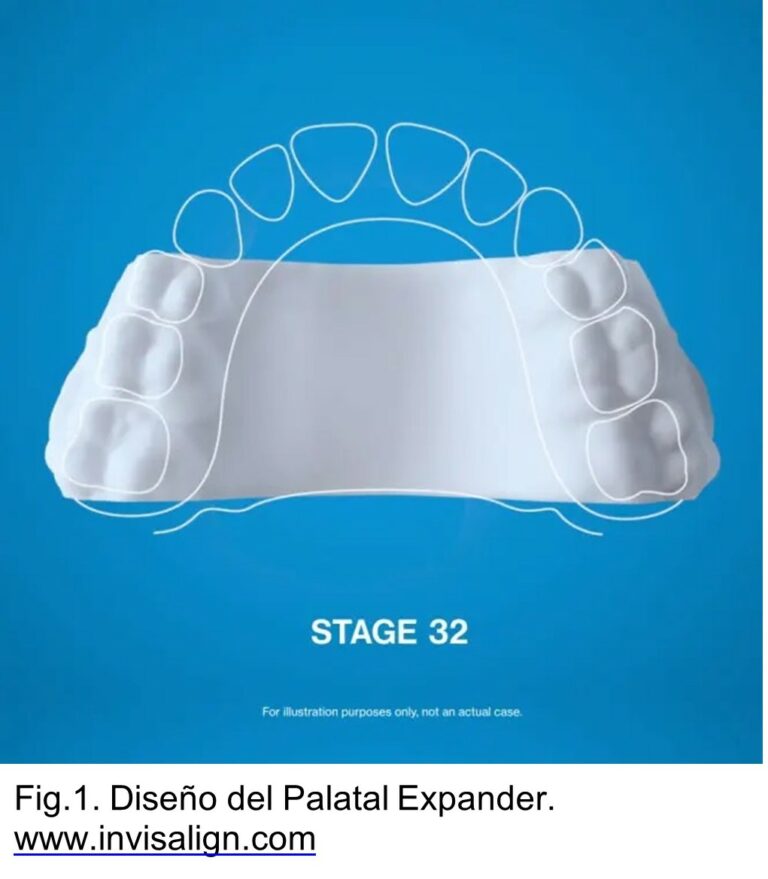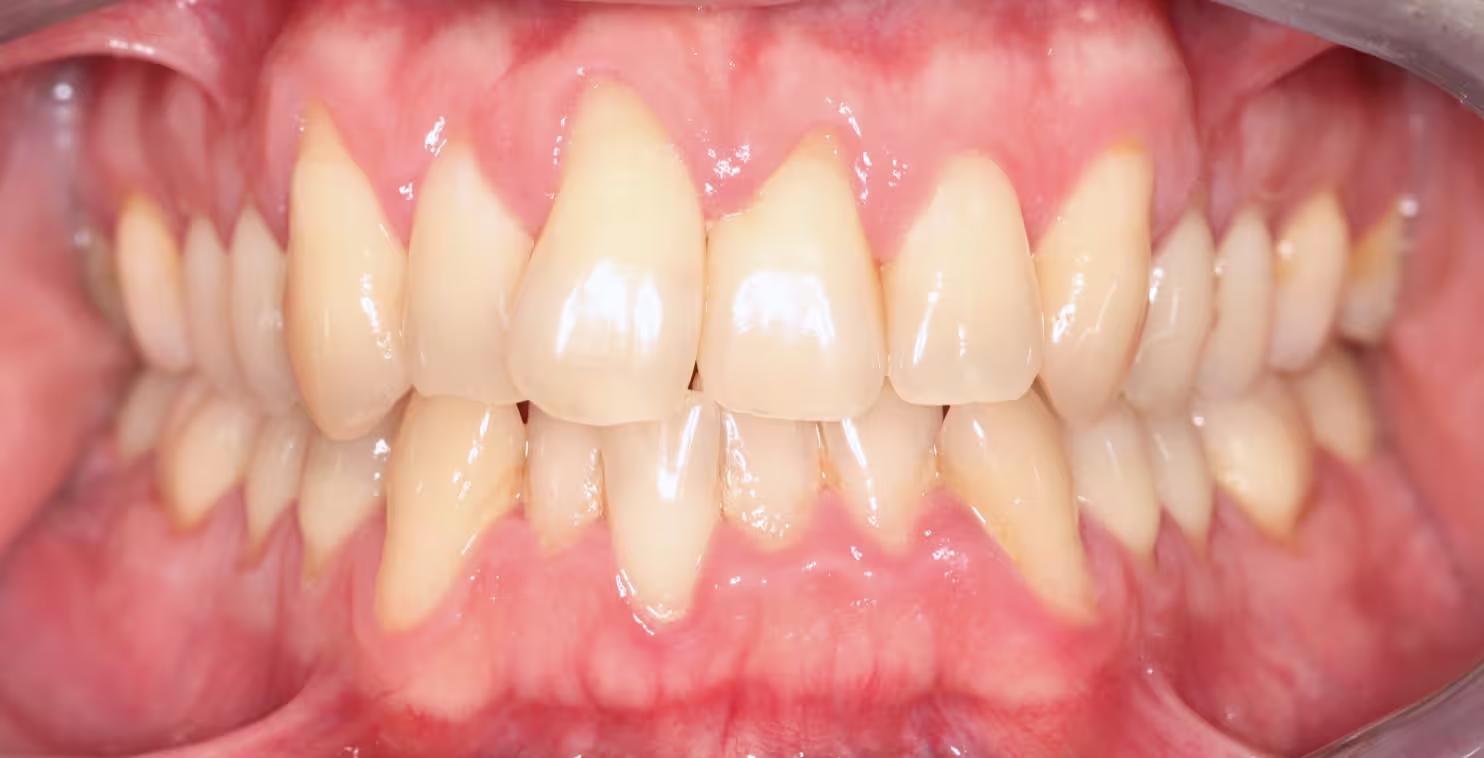
What are the advantages of aligners for periodontal patients?
With the increase in the number of adult patients in our practices, it is common to see cases with diminished bone support or even patients who have been treated with orthodontics as children and who have periodontal defects caused by these treatments. When a patient with these characteristics comes to our practice, our main concern is not to worsen their periodontal condition, i.e. not to increase the recession present.
If we think about the movement control we have with brackets, it depends mainly on the archwire we use and how we manage anterior pro-inclination. With aligners, we are going to see how we can achieve greater control of the movement of teeth with recessions or that are in a limit situation and prevent further damage. That's why we can say that aligners, in most periodontal patients, give us more advantages than brackets.
With brackets it is more difficult for us to have individualised control of each tooth. We cement the brackets, we place the archwire and it has an effect on them, moving them simultaneously. We have methods to control this proinclination, such as stripping in the first phases, archwire cinching... (error, cinching an archwire in a case with crowding does not control proinclination) But they are not as precise as what we can do in a digital planning. If you look at the images below, we give you two examples, two different planning of the same case:

The first of these is by making back and forth movements. This planning will be much more predictable, as we are making hinged movements and this can give us more guarantees of achieving correct alignment. However, it will be more dangerous for this patient, who starts from the beginning with recessions.

In the second planning we can see how there is no back-and-forth movement. We align the teeth, stripping them from the beginning, and prevent the roots from shifting towards the vestibular during the entire treatment. This is where the advantage of aligners lies. If you want to give radiculolingual torque to a tooth, you can do it. If you don't want to make a back-and-forth movement to solve a crowding, you can do that too. This is what will give us more confidence in treating cases if we plan our ClinChecks, Approvers or whatever software we use correctly.
So far we have talked about the benefits of aligners versus braces, but if we don't use them properly, we can also have problems. The greatest danger of aligners is when the patient removes and puts them on. This removal and placement of the aligners generates forces that can be harmful to teeth with a more delicate periodontal condition. The more times the patient removes the aligners throughout the day, the more damage we are going to cause to those teeth.
What are the ways in which we can reduce this harm?
- Make the aligners less retentive. To do this, we will ask the technicians to move the cutting line of the aligners incisally by 2-3 mm depending on the case. In this way, the aligner will be shorter in the area we have requested (normally in the anterior region) and so, each time the patient removes and puts on the aligners, the forces that these teeth will suffer will be less.
- Instruct the patient to remove the aligners from the anterior. This will reduce the leverage effect produced by removing the aligners from the back. This is the opposite of what appears in the instructions for some brands of aligners, so it is advisable to explain this clearly to the patient.
- Reduce the speed of movement or increase the days of use of each aligner to 10 or 14 days. It is difficult to decide between the two options, but with each of them we will be able to apply less force and give the periodontal structures more time to recover respectively.
If we take these considerations into account, we will be able to approach treatment in periodontal patients with greater peace of mind, taking advantage of the greater control that aligners provide us with to the maximum and offering a better treatment experience.
Share this post:
Other entries
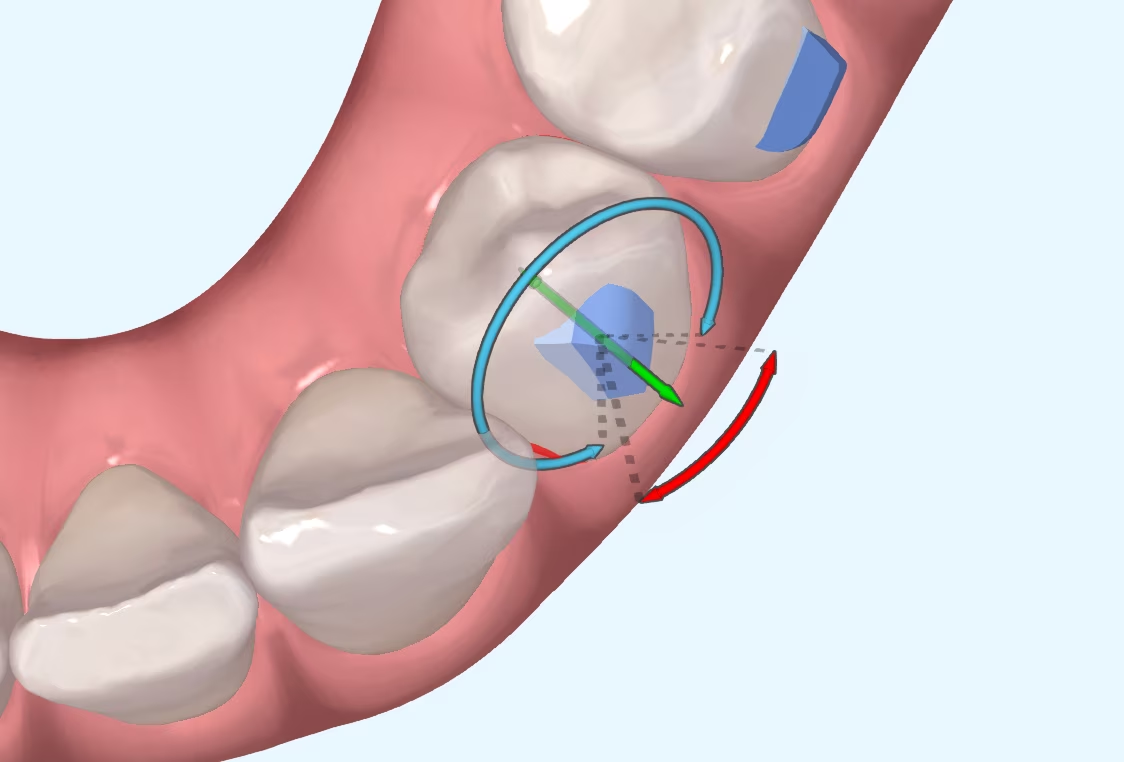
Which attachments are better for premolar rotation?
I suppose many of you are familiar with the myth of Achilles, the Greek hero who was immersed as a child in the River Styx by his mother in order to make him
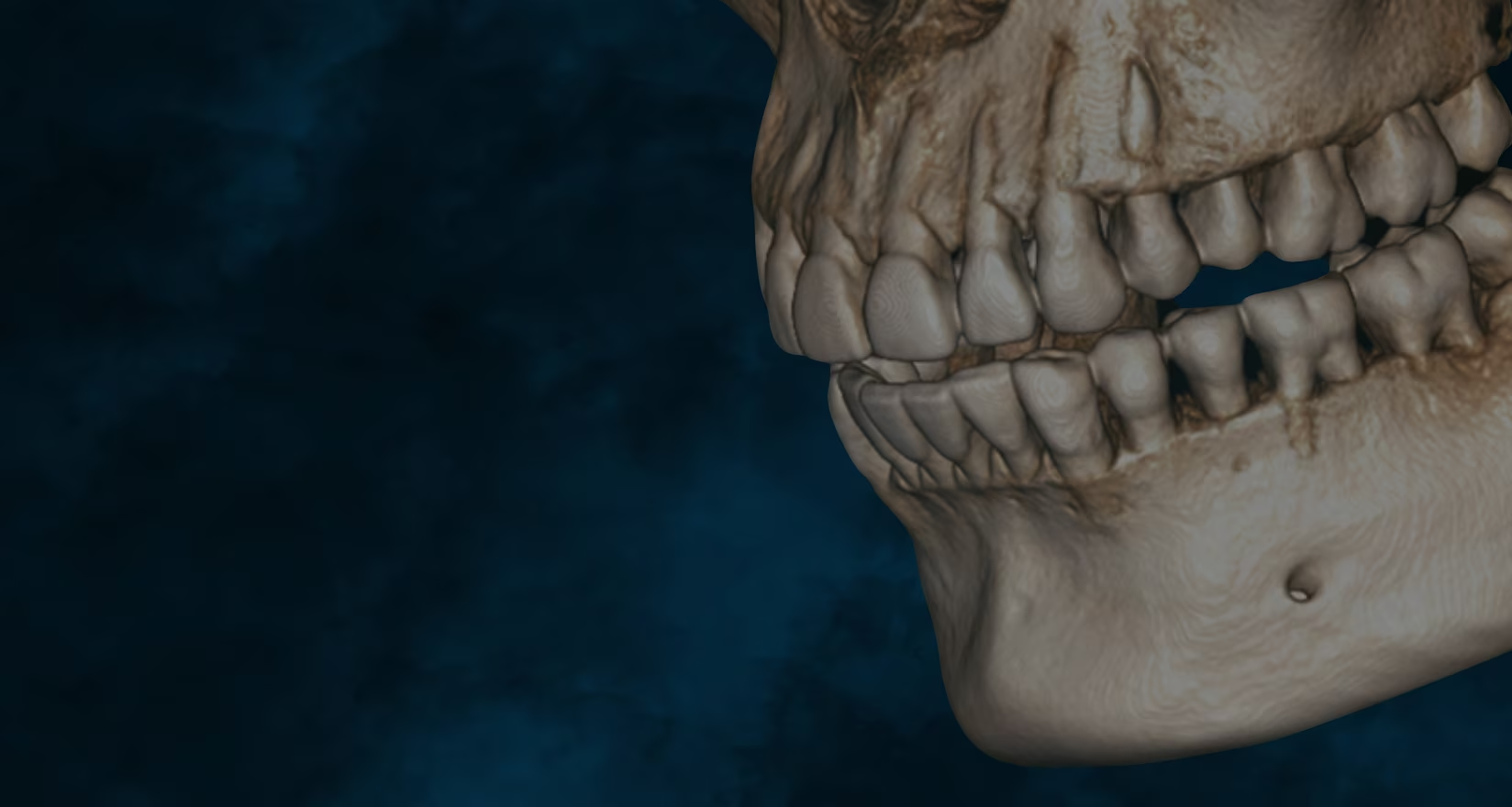
Has CBCT been a step forward in dentistry?
What is CBCT? CBCT is a medical imaging technique that uses a special type of computed tomography (CT) scan to obtain three-dimensional images.
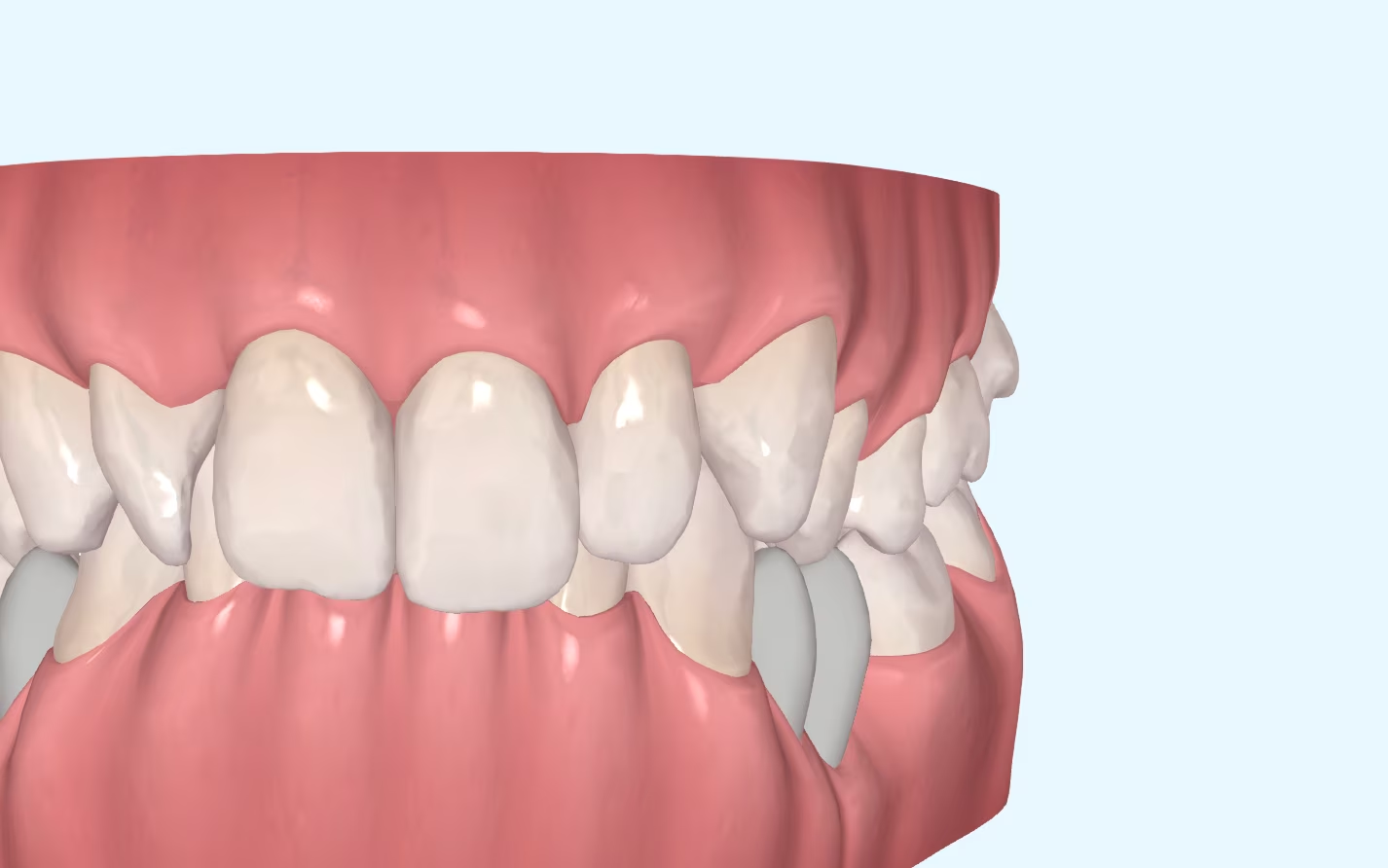
Mastering the Overbite: Strategies and Challenges:
Challenges of Overbite In the more than 20 years that we have been working with invisible orthodontics, we have gone from considering some malocclusions "impossible" to daring to

Are we aware of what we are doing?
It is not a question to make us feel guilty. It is only a question that invites us to reflect, to think about the impact we can have in
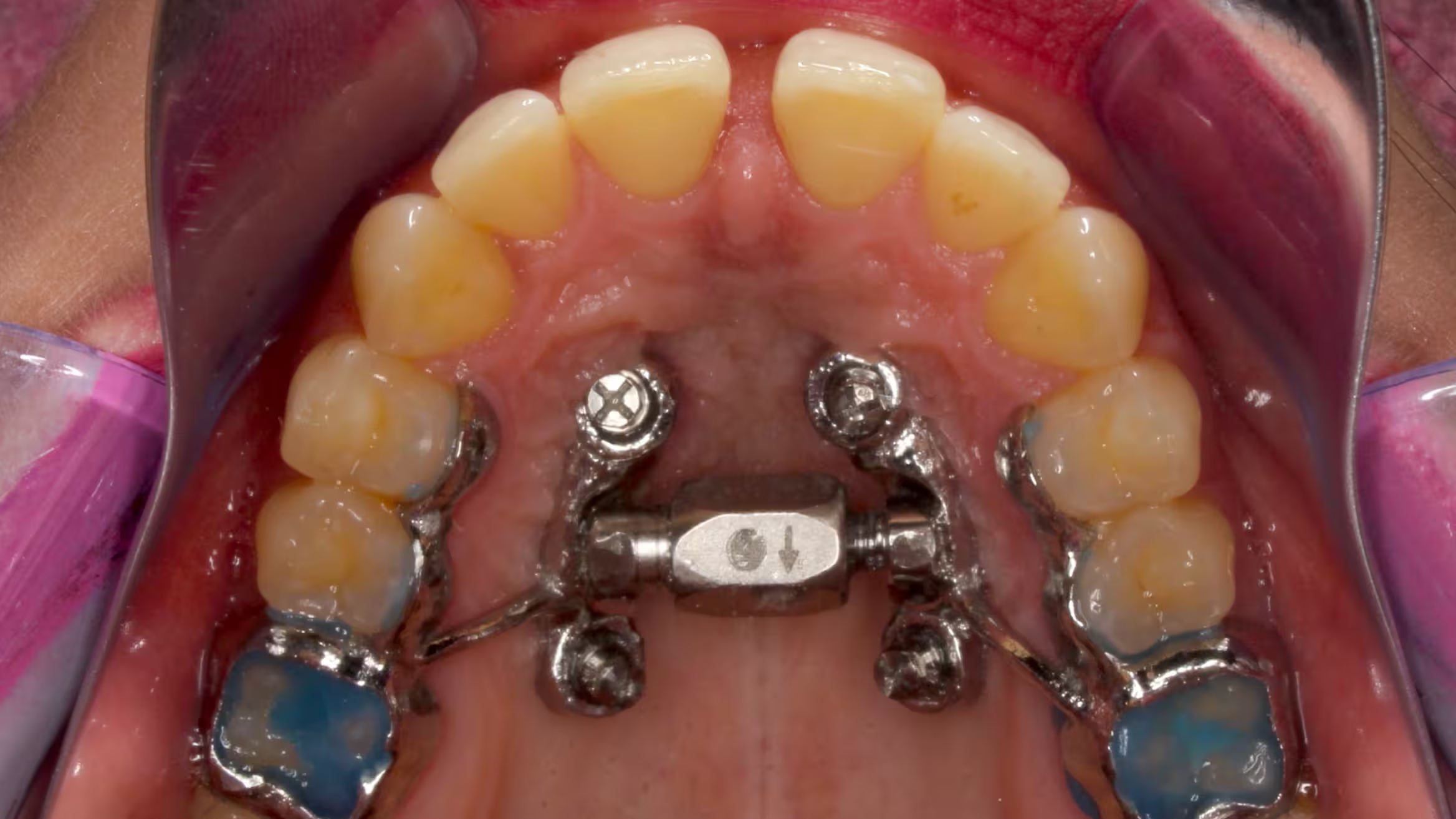
MARPE: Is there an age limit for placement?
Introduction: Understanding Maxillary Compression Maxillary compression is a relatively common problem seen in our daily practice. This osseodental discrepancy that presents the
